The question in the title of this blog may seem a bit odd. However, it is not. Please ask it to anyone involved in particle physics and who is old enough, and you should get a very precise answer.
On July 4th 2012 was the discovery of the Higgs boson announced by the ATLAS and CMS collaborations. Two of the experiments running at CERN’s Large Hadron Collider (aka the LHC) got enough data on tape to independently state that a new particle was discovered. Moreover, this particle seemed to be compatible with the expectation of the Higgs boson of the Standard Model.
In July 2012, I was an associate member of the CMS experiment (as a theorist), and based in Strasbourg (France). At the time of the discovery announcement, I was stuck at the university (downtown Strasbourg) because of some teaching duties, so that I could not share champagne with the rest of my local CMS colleagues (at the institute in Cronenbourg). I can ensure you that I will remember this for the rest of my days…
And you, do you remember what you were doing on July 4th 2012?
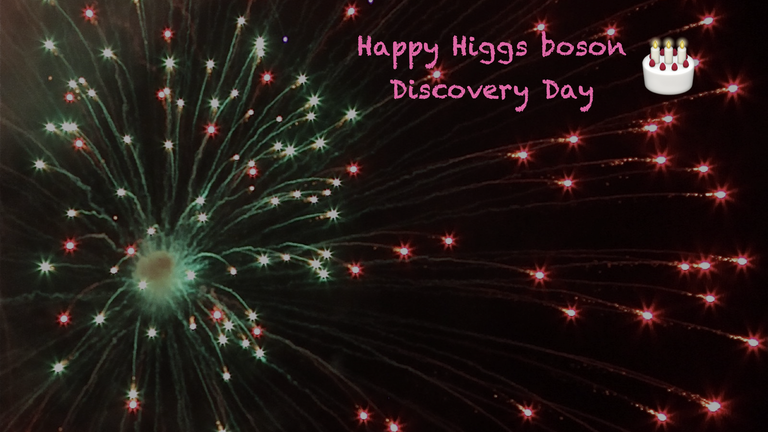
[Credits: Steve Jurvetson (CC BY 2.0)]
Whereas this discovery was a cornerstone in particle physics, the Higgs boson story is actually far from being over. In fact, we may even need 50-100 more years to make sure that the particle discovered in 2012 is the Standard Model Higgs boson. This is indeed something that are still not 100% certain today. More data is needed, as well as new experiments and new machines.
In this post, I decided to go through 50 years of Higgs physics, from the theoretical origins of the Higgs boson in the 1960s to where we stand today. I will also shed light on the reasons why the future is simultaneously uncertain, appealing and exciting. For those pushed for time, feel free to jump directly to the last section of this blog that includes a short summary of it.
The particle masses and the Higgs boson
As any theory of elementary particles, the Standard Model of particle physics (see here for a long introduction and there for a short one) is all about symmetries. Symmetries tell us why particles are what they are, how they interact with each other, what is allowed and what is not. Moreover, the Standard Model works like a charm, as testified by a century of data.
However (yes, there is always a catch), those symmetries prevent particles to be massive, which strongly contradicts experimental data. There are therefore two options. Either we throw the theory to the bin, or we implement a mechanism allowing particles to get massive within the symmetric nature of the Standard Model.
The latter is what has been proposed in the 1960s through the so-called Brout-Englert-Higgs mechanism.
In 1964, Brout, Englert and Higgs proposed in two independent research articles that we could keep the symmetries of the Standard Model, and implement a special mechanism that hides them. In this way, particles could be massive whilst keeping the symmetric nature of the fundamental interactions of the Standard Model.
Let me quickly re-explain how this works (this is done longly in this post, and shortly in the middle of this one).
A good starting point is the image below, with a bowl and a ball. On the left, we have a picture of our universe at the time of the Big Bang. On the right, we have the situation 10-11 second later. On the left, matter is massless. On the right it is massive.
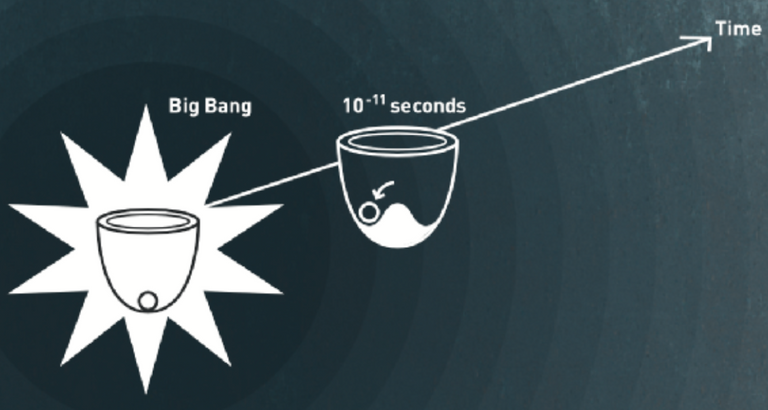
[Credits: Nobel Prize]
In the very early days, nature was symmetric and all particles were massless. This symmetry is visible from the bowl and the ball in the image above, on the left. The system can rotate around the vertical axis without being modified. Moreover, if we push the ball away from the centre, it goes back to it.
Everything is damned stable, and symmetric! Welcome to how was life in the early universe!
10-11 second later, something happened and our bowl became bumpy (see the right of the figure). We often refer this bump as a ‘Mexican hat’, as it has the shape of a Mexican hat if we account for the rotation around the vertical axis (as a funny exercise, please consider browsing Mexican hat potential on the Internet).
We still have a symmetric position in the middle of the bowl (on the top of the bump). However (there is always an however), if we now push the ball a little, it falls away from the centre of the bowl and get stuck far from it. The position of the ball lies far from the symmetric position in the centre.
From the perspective of the ball, the symmetry is hidden. It cannot see that the bowl with its bump is symmetric from its position down into the valley.

[Credits: CERN]
The analogy is very similar to what is happening in reality with the Higgs boson. There is a Mexican hat potential, and nature does not lie at the unstable symmetric position at the centre, but instead far from it. This trick allows particles to get massive.
The whole mechanism is called the Brout-Englert-Higgs mechanism, and it has a big consequence: particles can get massive, and the price to pay is the existence of an extra particle, the Higgs boson. This particle has been discovered on July 4th 2012, i.e. 48 years after it has been proposed. This is what we celebrate today!
On the fun side, I have a single scientific article that I didn’t submit to a journal for peer-review. It is available here and is about a Higgsless model. 2012 was not a good year to work on Higgsless theories…
The hunt for the Higgs boson at CERN’s Large Electron Positron
There was one complication with the Brout-Englert-Higgs mechanism. In order to validate it, we needed to find the associated boson. However, the Higgs boson mass could have been anything.
This left us, in the 1960s, with an infinite amount of possibilities for particle colliders. As mass is just one form of energy among others thanks to special relativity, this equivalently meant that we had no idea on how to tune colliders appropriately. Moreover, it is good to remember that technology was such that high energies were impossible to reach in the 1960s.
We therefore needed to wait for the early 1990s and CERN’s Large Electron Positron collider (LEP) to start having a chance to probe interesting options for the Higgs boson mass. The LEP collider is the one that was put in place in the tunnel of the LHC before the LHC. In fact, the LHC was built inside the LEP tunnel in the early 2000s, and not vice versa.
At LEP, one beam of electrons and one beam of positrons were accelerated to energies of about 100 GeV each. In our system of unis, 1 GeV corresponds to the energy equivalent to the mass of the proton.
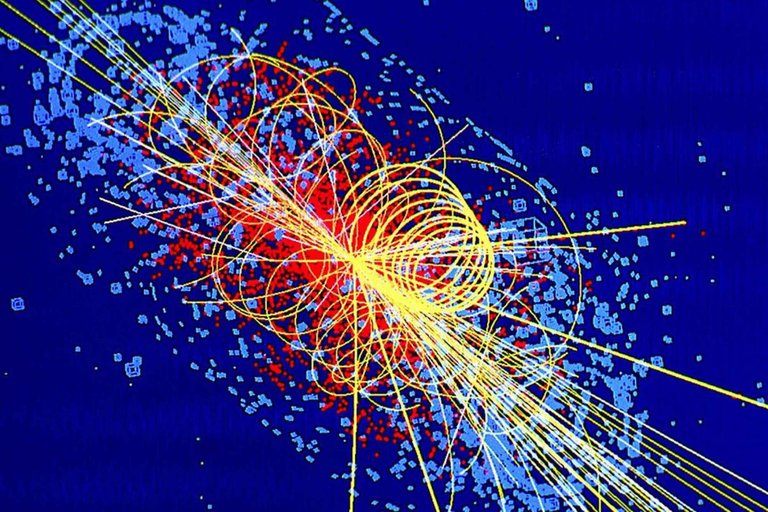
[Credits: Lucas Taylor/ (CMS @ CERN)]
With a total energy reaching up to about 200 GeV (two beams of 100 GeV each), LEP was able to probe light Higgs boson possibilities. Signal such as the one show in the above image were tracked. Typically, searched signals consisted of the emission of a Higgs boson by an energetic Z boson, so that the recoil of the Z boson could be recorded to corner the Higgs.
Unfortunately, no such a signal has been observed. This means that all observations were in agreement with predictions, and that there was no room for any Higgs boson contribution. Consequently, some hypotheses for the mass of the Higgs boson were found incorrect, and mass values below 114 GeV were all excluded.
Higgs boson lighter than 114 GeV (114 times the mass of the protons) would have led to a signal that could not have been missed. As no such signal has been observed, correspondingly no light Higgs boson could exist.
The Higgs boson and hadronic colliders before 2012
When LEP was shut down (so that the construction of the LHC could be started), another collider was in operation, the Tevatron collider, near Chicago in the US. This time, a beam of protons was smashed against a beam of antiprotons at much higher energies than at LEP. This collider operated during three decades, from the 1980s to 2011.
One of the great advantages of hadronic machines (colliding protons, antiprotons, etc.) over electron-positron colliders is that a much higher energy can be reached in the collisions, so that heavier particles could be produced. Here, the energy available was about 2000 GeV.
Tevatron analyses allowed us to probe more options for the Higgs boson mass. In particular, not only the Z-strahlung signal on which LEP focused was considered. For the first time the direct production of a Higgs boson from the fusion of two gluons has been investigated. I recall that gluons are the mediators of the strong force, and are available in a hadronic collision as constituents of highly energetic protons and anti-protons. In addition, many of the possible decay modes of the Higgs boson were explored (the relative dominance of all channels are function of the Higgs boson mass).
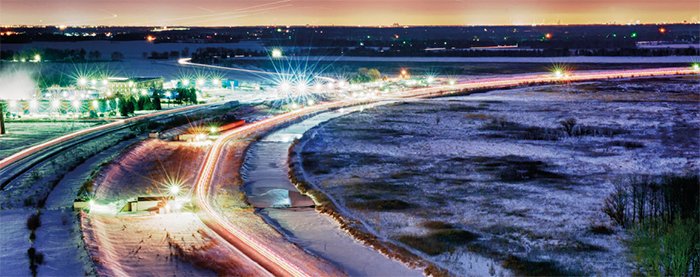
[Credits: Lucas Taylor (CMS @ CERN)]
No Higgs boson was however found in data, so that instead of a discovery we excluded additional possibilities for the mass of the Higgs boson. The Higgs boson was forbidden to have a mass between 160 and 170 times the mass of the protons, as this would have led to a non-missable signal.
In parallel, in 2008-2011 CERN’s Large Hadron Collider (LHC) entered the game too. This machine opens the door to proton-proton collisions, in which protons are accelerated to 99.99999% the speed of light. The increase in the collision energy relative to the Tevatron was thus of a 3-4.
A lot of potential Higgs signals were scrutinised: direct production, production in association with W and Z bosons (like at LEP), and decays in many modes (leptons, jets, photons, etc.). At the end of 2011, in spite of many searches, the Higgs stayed quiet and stealthy. Many mass options were thus rejected, as shown in the picture below.

[Credits: @lemouth]
Every coloured area is excluded by one (or more) of the previously discussed colliders. We can notice the hole in the light mass regime (on the left of the plot). Only very few possibilities were left allowed for a situation in which the Higgs boson would be light. This is actually where the Higgs boson was hiding, waiting calmly for us.
From the discovery to today
On July 4th 2012, so exactly 10 years ago, while I was stuck at the university far from the Internet (cell phones were not as common as today), the ATLAS and CMS collaborations of the LHC announced the discovery of the Higgs boson!
As done in the past, signals typical of the Higgs boson were looked for. This time, however, data could only be explained by including the Higgs boson contributions in the predictions. This is illustrated in the left figure below, that corresponds to a signal in which the Higgs boson decays into 4 leptons via two intermediate Z bosons (at least one of them being virtual).
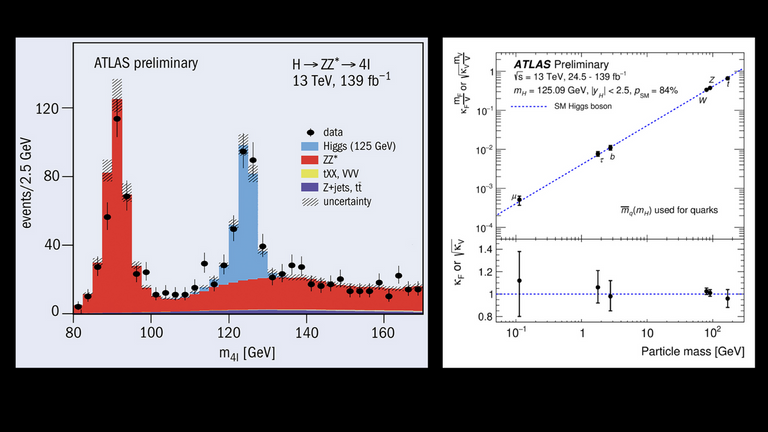
[Credits: ATLAS @ CERN (here and there)]
We can see that the blue contribution (that of the Higgs boson) is needed to reconcile theory (red+blue) and data (the black dots). The red alone is not sufficient. As a side note, this plot is the 2019 version of the discovery plot. On the Y-axis, we can read the mass value that corresponds to the blue peak: 125 GeV. The Higgs boson has been found to be as heavy as 125 times the mass of the proton.
The story is far from being over. We must ensure that the newly discovered particle is the Higgs boson of the Standard Model, and not something else. To do that, we need to measure its properties, and verify their agreement with theory.
In the Standard Model, the Higgs boson is related to the particle masses. Consequently, its coupling to a given particle is stronger if the particle is heavy, and weaker otherwise. Therefore, we could verify whether the couplings of the Higgs boson to all the particles of the Standard Model are all proportional to the particle masses. This is what is done in the right figure above. We can notice that it works!
After the LHC Run 2 that ended a couple of years ago, it seems that the discovered Higgs boson may actually be the Standard Model Higgs boson. I however wrote may, because the story is far from being over!
Summary and our to-do list for the future
In this blog, I browsed the story of the discovery of the Higgs boson, that celebrates its 10th anniversary… today!
The Higgs boson is a remnant of a mechanism allowing to model particle masses in the Standard Model of particle physics. In order to validate this mechanism, we had first to find the Higgs boson. After experiments at three machines (CERN’s Large Electron Positron collider, Fermilab’s Tevatron and CERN’s Large Hadron Collider), we have finally found the Higgs in LHC data on July 4th 2012.
During the last ten years, we started to measure the properties of the Higgs boson and verify whether the discovered particle was actually the Higgs boson of the Standard Model. All results seem in agreement with the Standard Model so far.
So what’s next?
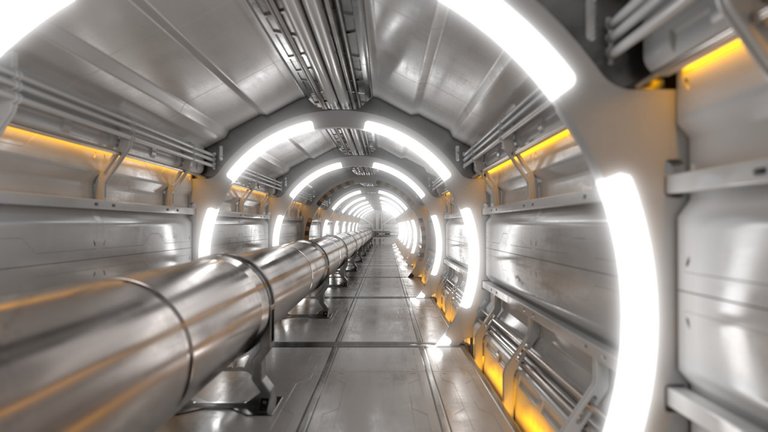
[Credits: CERN]
Well, plenty of things. First of all, we have not measured all the coupling strengths of the Higgs boson. Does it couple ‘normally’ (i.e. as expected from the Standard Model) to light particles? Here the couplings are much weaker, so that any associated signal would be too rare for the LHC. We thus need to design other probes to check this.
In addition and more importantly, in the beginning of this blog I mentioned the existence of a Mexican hat that appeared 10-11 second after the Big Bang. This Mexican hat has an actual equation, named the Higgs potential. The Higgs potential includes three parameters that are all related to each other, and that need to be measured.
For now, only one of them has been measured, the mass of the Higgs boson. The LHC will be able to tell us a bit about a second of them at the end of its operations, namely in 2035-2040. Concerning the last of the parameters, we actually have no clue, and a new collider is in order (see the last image above).
We thus have a guarantee of more than 50 years of super-cool physics due to the Higgs boson, and maybe ways to shed light on new phenomena beyond the Standard Model of particle physics.
I hope you enjoyed that post. Feel free to be happy and celebrate the 10th anniversary of the Higgs boson discovery with the particle physics community today! Also, do not hesitate to leave me questions, suggestions and comments. I would be very happy to answer.



 second! You have referred previously to the very short time between the Big Bang and this event, but the number is startling. Perhaps the definition of instantaneous :)
second! You have referred previously to the very short time between the Big Bang and this event, but the number is startling. Perhaps the definition of instantaneous :)

